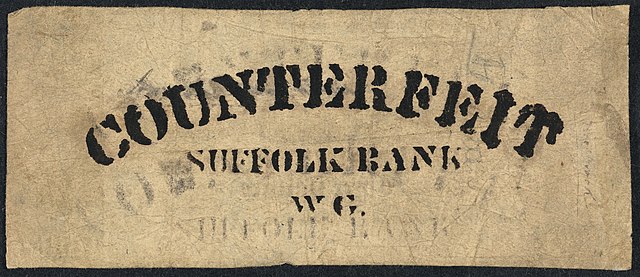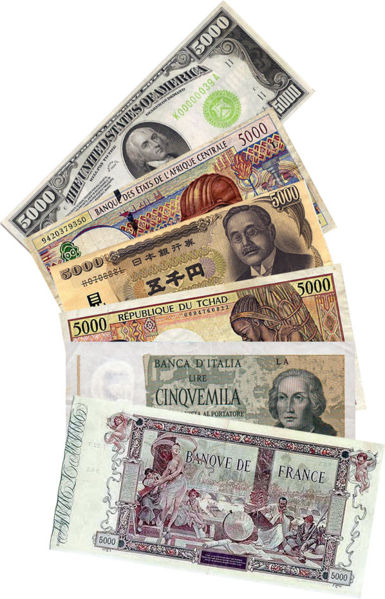Suffolk Bank was a private clearinghouse bank in Boston, Massachusetts, that exchanged specie or locally backed bank notes for notes from country banks to which city-dwellers could not easily travel to redeem notes. The bank was issued its corporate charter on February 10, 1818 by the 38th Massachusetts General Court to a group of the Boston Associates, and the charter's holders and bank's directors met periodically from February 27 to March 19 at the Boston Exchange Coffee House to discuss the organization of the bank. On April 1, 1818, the bank opened for business in rented offices on State Street until the bank moved permanently to the corner of State and Kilby Streets on April 17. In addition to Jackson and Parker, other prominent shareholders of the bank included William Appleton, Nathan Appleton, Timothy Bigelow, John Brooks, Gardiner Greene, Henry Hubbard, Augustine Heard, Amos Lawrence, Abbott Lawrence, Luther Lawrence, William Prescott, Dudley Leavitt Pickman, and Benjamin Seaver.

White River, Vermont 3 dollar bank note marked counterfeit by the Suffolk bank.
Massachusetts 1 dollar bill from 1845 marked "Worthless" by the Suffolk Bank.
Banknotes with a face value of 5000 of different currencies.
The Boston Associates were a loosely linked group of investors in 19th-century New England. They included Nathan Appleton, Patrick Tracy Jackson, Abbott Lawrence, and Amos Lawrence. Often related directly or through marriage, they were based in Boston, Massachusetts. The term "Boston Associates" was coined by historian and professor of economics and Marxism, Vera Shlakman in her 1935 work, Economic History of a Factory Town, A Study of Chicopee, Massachusetts.
Nathan Appleton
Abbott Lawrence
Patrick Tracy Jackson






